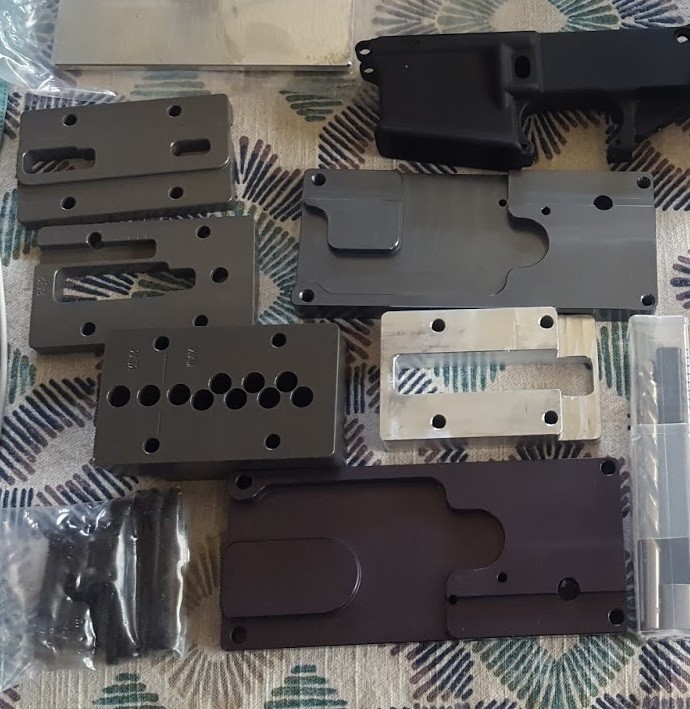Using A Jig to Build An AR-10 or AR-15
Building your own AR rifle is an enormously rewarding experience and you can go about it any way that you like. You don’t have to follow convention, but if you actually ask your self if you should use a jig, then all the expert gun builders will give you a resounding yes!
An AR jig is a specially made piece of technical equipment that helps the DIY gun builder construct their own AR to a high standard. Jigs are typically a hardened steel device that fully aligns a part-finished Lower Receiver – usually called an 80% lower – and allows you to modify your weapon to meet your own specifications. For a smaller section of the weapon-using community, an 80% lower isn’t serial numbered – since it isn’t classed as a gun in its own right – and this means that you can create a personal unserialized gun for your own use. Don’t forget though, that you do need to get it serial numbered if you intend to sell it.
So, if you are an avid builder, or are just starting out making your first custom AR, you will, undoubtedly, be using an 80% lower because this is at the heart of a custom gun, and how you modify this will impact the type of gun you finally build. So, in order to get this part right, ideally you need to be using something to help you do the best job that you can on this, and make the rest of the gun, literally fall into place. And the ensure that, you really do need to be using a jig.
The Two Factors That Cement The Decision For You Are The Speed And Accuracy Of The Resulting Work.
Let’s look at accuracy. Supposing that you choose not to use a jig and instead, rely on your own engineering abilities to mark out your unfinished Lower Receiver. You are going to have to be pretty accurate, using a steel rule and a scriber, and then are only likely to get it nearly right rather than completely spot on, and that could affect the performance of your weapon.
You then also have to ensure that your drill is entering the side of your Lower Receiver at exactly 90 otherwise the holes that you introduce may not exit in the right place on the other side of the Lower Receiver blank and that can lead to the misalignment of mating parts. We’re not saying that marking out is impossible, but just very, very difficult.
So, what about speed? If you do choose not to use a jig, and effectively mark out the feature positions with only hand tools, getting it right is going to take some time…in fact a great deal of time. You are going to have to carefully make out your positions – in fact one at a time is probably the best course of action – check them, check them again, and drill a pilot hole.
You then need to check that the pilot hole is in the right place, and then finally drill the right sized hole. As you can imagine, this is going to take a good amount of your precious time, and when you could be out shooting too!
So, based on just those two criteria alone, getting a jig makes sound economic (and time) sense. Given that a Lower Receiver blank is likely to cost you anything from $40 up to $200 plus, getting it wrong could be an expensive business.
A Jig For An 80% Lower Will Make Sure Your Build Is Successful.
Using a jig and a stand drill to do the work, you are guaranteed to get the holes in the right place, and correctly perpendicular to the receiver, so you can be assured that the mating parts will always line up. And they really aren’t and expensive purchase either.
Getting a good quality jig, a quality stand drill and a set of tungsten carbide drill bits may cost you anywhere from $230 up to $600, and a good stand drill maybe a couple of hundred bucks. Throw in a good set of drills and you can have a whole system for under $800! And this is something that you are likely going to use again and again, so you might as well get it right.
Be smart; get a jig!

